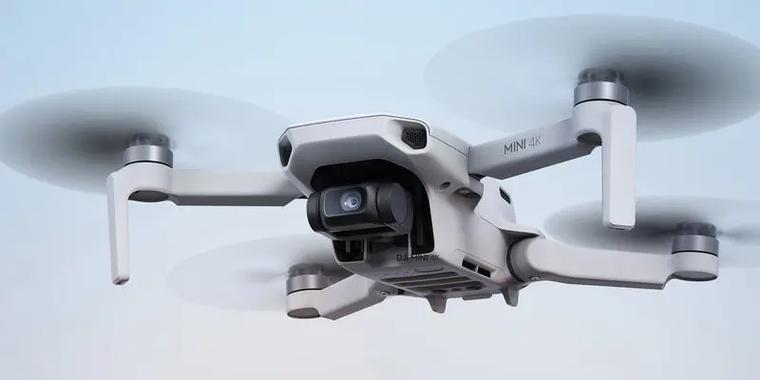In recent years, the rapid advancement of drone technology has necessitated the development of counter-drone systems, commonly referred to as “drone killer” technologies. These innovations are crucial in addressing the security and privacy challenges posed by unregulated drone use. The term drone killer encompasses a broad spectrum of technologies specifically designed to detect, track, and neutralize unauthorized drones in various environments. As drones become increasingly sophisticated, so too do the methods employed to thwart them.
Understanding Drone Killer Technologies
Drone killer systems utilize a myriad of techniques ranging from traditional jamming methods to cutting-edge directed-energy solutions. Electronic jamming remains one of the most common strategies. By disrupting the communication link between a drone and its operator, these systems can effectively disable the drone. However, as drones evolve, relying solely on this method may not suffice. Thus, other technologies have emerged, including laser-based systems that can physically damage or incapacitate drones.
The Role of Artificial Intelligence
Artificial Intelligence (AI) has revolutionized drone defense mechanisms. Advanced algorithms can rapidly identify and classify drones based on their size, shape, and flight patterns, allowing for precise tracking and interception. AI-driven drone killers can autonomously engage threats with minimal human intervention, improving response times and reducing operational risks. As such, AI is an integral component of modern drone killer technologies.
- High-resolution cameras and infrared sensors form the backbone of many detection systems, offering real-time surveillance capabilities.
- Machine learning models enhance detection efficiency by continuously learning from past encounters.
- Networked communication systems ensure seamless integration with broader security frameworks.
In addition to defense applications, drone killer technologies also play a vital role in preserving privacy. With the advent of drones capable of capturing high-definition videos and images, individuals and organizations face unprecedented privacy challenges. Counter-drone systems can safeguard against unauthorized surveillance, ensuring the protection of sensitive information.
The Future of Drone Killer Innovations
As drone technology continues to advance, so too will the sophistication of drone killers. Future developments are likely to focus on enhancing detection speed and accuracy, reducing false positives, and integrating seamlessly with other security measures. Innovations may include portable and scalable systems designed to protect public events, critical infrastructures, and personal spaces.
Moreover, regulatory frameworks will play a crucial role in the evolution of these technologies. Clear guidelines and legal standards will ensure that drone killer systems are utilized responsibly, protecting civil liberties while maintaining security.
FAQs
Q: How effective are drone killer technologies?
A: The effectiveness of drone killer systems varies depending on the technology used and environmental factors. Generally, they offer substantial protection against unauthorized drones, especially when integrated with comprehensive security systems.
Q: Are drone killer systems legal?
A: While many countries permit the use of counter-drone technologies for defense purposes, legal restrictions vary. It’s essential to consult local regulations before deploying such systems.
Q: Can drone killer technologies affect authorized drones?
A: Most systems are designed to target unauthorized drones specifically. However, careful deployment and operation are necessary to minimize risks to authorized drone activities.